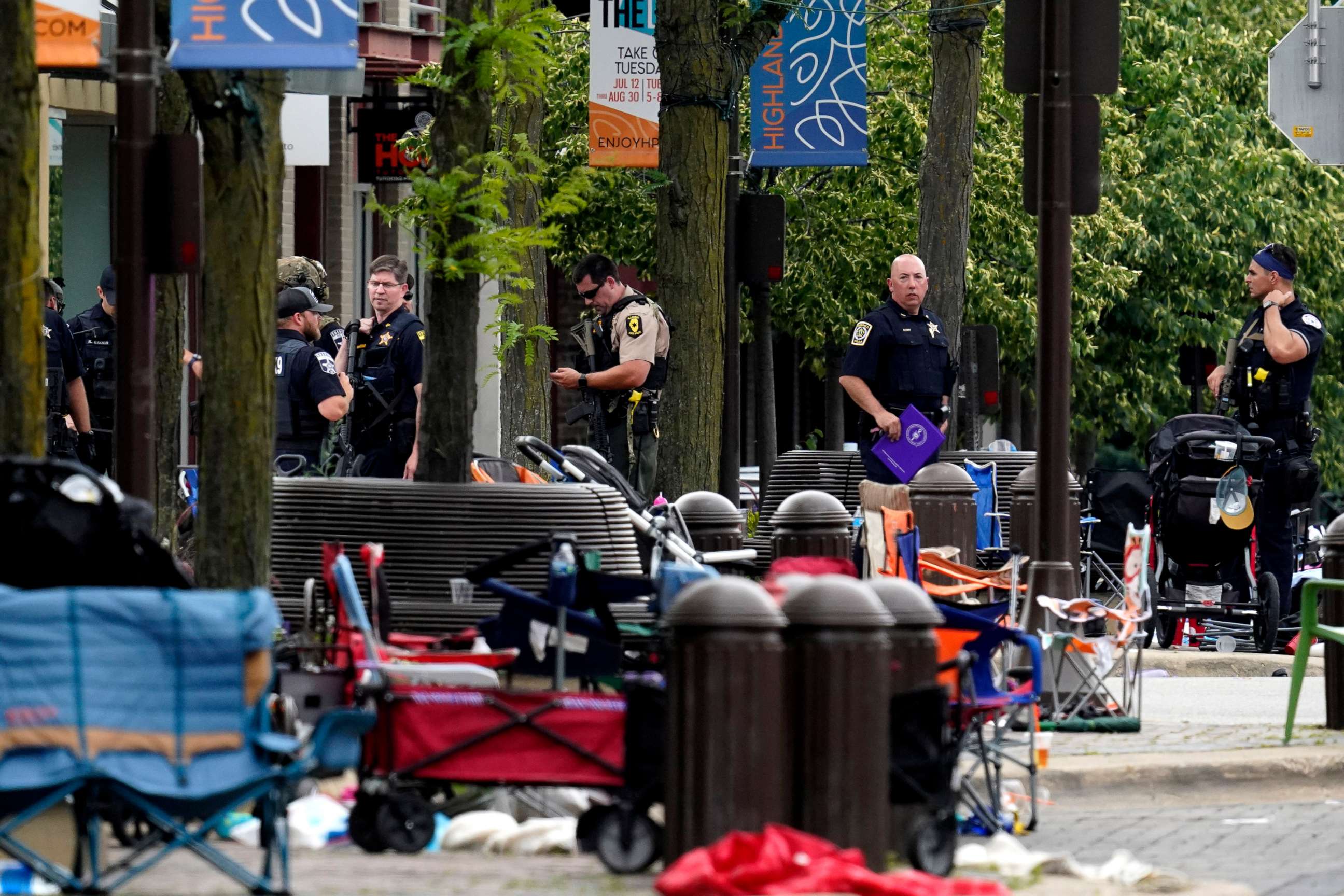It’s time to overhaul our gun violence prevention system: Opinion
Systemic solutions that respect due process already exist -- and are working.
America is in the throes of an epidemic of mass-casualty gun violence, and the toxic political environment in Washington has crippled efforts to curb the growing threat. New gun legislation that strengthens red-flag laws and background checks are a positive step -- but those stand-alone efforts lack a holistic, community-based framework to spur meaningful change.
The challenge may seem daunting. But there is a silver lining, if not a panacea: Such frameworks already exist -- and they seem to be working.
These frameworks, broadly referred to as threat assessment capabilities, provide local municipalities with a system to ensure that troubled young people with violent tendencies or mental health challenges don't slip through the cracks -- without infringing on their constitutional right to bear arms and providing the opportunity for due process.
Many cities and counties have already initiated these systems. The Independence Day mass-casualty shooting in Highland Park, Illinois, emphasizes the need for all municipalities to follow suit.
To begin, local authorities need to understand and appraise behaviors to identify potentially dangerous individuals. These assessments must be holistic, galvanizing the eyes, ears and expertise of the community -- educators, family members, faith leaders, and mental health experts -- and account for behavior demonstrated in both the physical world and digital space.
Through clear communication channels, local authorities must intake those cases and evaluate the risk posed by the individual exhibiting those behaviors. Those in positions of responsibility must feel safe to report concerns, and comfortable that those who might be at risk would not be stigmatized. The goal is to help those in need, not to brand people with some sort of a scarlet letter that could then trigger them to lash out.
Once a person is deemed a risk, the next step is to develop a multidisciplinary threat management strategy. This could include law enforcement action, but often this step would and should focus on mental health care -- working with the individual, their family, and their educators to overcome any proclivity for violence.

As the high-risk individual navigates a mental health evaluation and treatment program, a parallel track should take place in the courts, where the individual's background would be presented to a judge who can then decide whether it is appropriate to temporarily restrict the individual's ability to procure a firearm for as long as that individual is deemed to be at risk of engaging in violence toward themselves or others. This is not punitive; it is designed to protect the person in need -- as well as the family and community around them.
Critics of strict red-flag laws and more robust background checks often lament those restrictions as capricious, arbitrary, and lacking due process. But every day, in courthouses from coast to coast, judges resolve questions like this through of due process. Why should gun violence be any different?
This step would not restrict a constitutional right. It is not infringement. It is a critical stop-gap measure in a broader system meant to ensure safety while preserving privacy and civil liberties. We can all agree that criminals and those planning mass-casualty attacks should be restricted from accessing deadly weapons.
The foundation for this system is empowering every local community to carry out threat assessments and employ community-based violence prevention activities. Programs from Los Angeles to Dearborn, Michigan, can serve as templates. In Montgomery County, Maryland, for example, local school districts have circulated meticulous instructions for how to identify and asses students who may pose a risk.
If more communities build that foundation, then the provisions of the recently passed bipartisan gun bill could be very effective in preventing the next Highland Park, Uvalde, or Buffalo.
The federal government can also play a role. The Biden administration should make community-based threat assessment systems their next point of emphasis in the fight to prevent gun violence. The Justice Department and Department of Homeland Security can continue to modify grant programs to incentivize local authorities to adopt these measures. If the federal government can pay for roads and bridges and wars overseas, can't it cover the cost of keeping our families safe?
Complex problems require bold solutions. And while these programs can help glue the cracks on which young people keep slipping, a national reckoning may still be necessary. As a society, we need to agree that a Fourth of July parade cannot be a venue for bloodshed. We need to agree that a third-grade classroom or a supermarket cannot be a place for bloodshed.
We need to take a hard look at ourselves as a society. If the law of the land is that guns must be readily accessible, then our government must make our country safer from those who should not have guns.
If this issue can't mobilize us to come together, it is difficult to see what can.
John Cohen is an ABC News contributor and the former acting undersecretary for intelligence and counterterrorism coordinator at the U.S. Department of Homeland Security.




